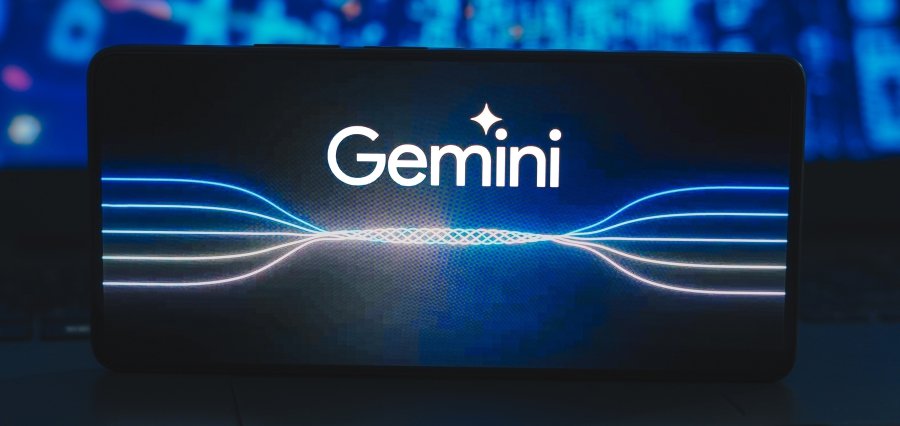Prime Highlights:
- Google has published a comprehensive prompt engineering playbook that assists users in optimizing their Gemini and other AI model prompts.
- The guide contains hands-on recommendations for creating efficient, accurate, and context-savvy prompts.
Key Facts:
- Written by Google engineer Lee Boonstra, the 68-page publication is centered around writing improved prompts.
- The playbook describes sophisticated methods such as chain-of-thought, few-shot, and contextual prompting.
- It assists developers leveraging Gemini through the Vertex AI sandbox and API support.
Key Background
In reaction to the increasing influence of prompt engineering in generative AI, Google has issued an extensive whitepaper to enhance user interaction with its AI models, especially Gemini. The playbook emphasizes assisting developers and users in creating high-quality prompts, which are crucial for gaining accurate and contextually relevant outcomes from large language models (LLMs).
Prompt engineering refers to the method of creating productive inputs (prompts) to direct LLMs towards providing the expected responses. As increasingly advanced AI utilities such as Gemini emerge, precision in the prompt becomes a major determinant of the quality of responses. Google’s paper points out that an accurate, well-defined prompt enhances the LLM to provide effective responses.
The guide presents a vast range of techniques for prompting, such as:
Zero-shot and few-shot prompting: To direct the model with or without few examples.
Contextual and role prompting: To supply context or assign roles to enhance coherence.
Chain-of-thought and tree-of-thought prompting: To enable step-by-step thinking.
ReAct (Reason + Act) prompting: To format prompts for analysis tasks.
There are ten best practices described in the playbook. These include simple prompts, clear instructions instead of constraints, trying out tone and structure, using variables to cut down on repetition, and using examples related to the data to learn model output. Google also recommends controlling output length by setting token limits and testing response accuracy with diverse examples.
The whitepaper is specifically designed for the Gemini AI API users and the Vertex AI sandbox users, inviting them to try out configurations such as temperature controls to manage output randomness. This assists in achieving a balance between consistency and creativity based on the application.
As a whole, this project by Google equips users to become more skilled at leveraging AI via guided prompting. It is both a training tool and a productivity booster, a testament to the growing significance of prompt literacy in the age of AI.
Read also : Dr. Sajeev Pallath gives lessons to guide the mind in the right direction








